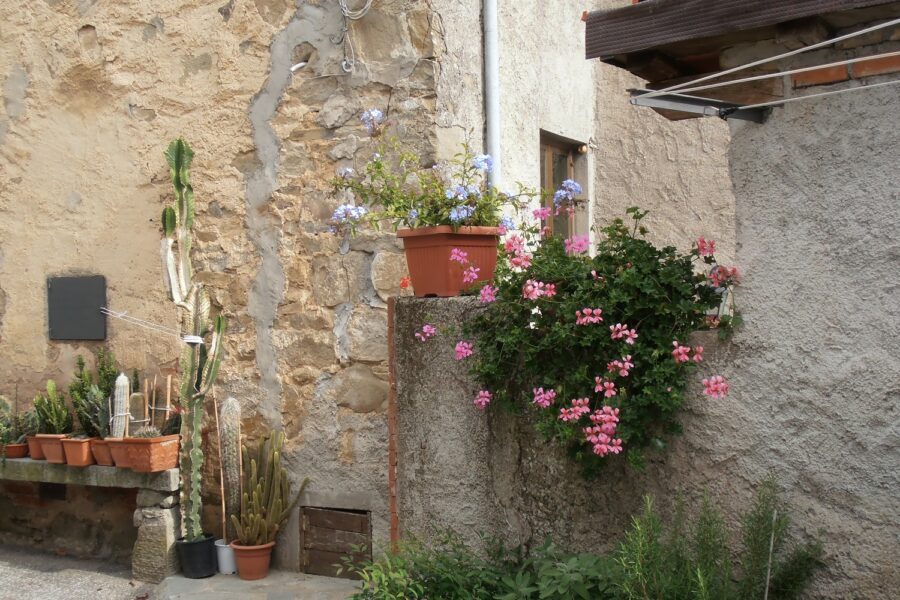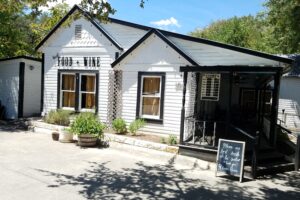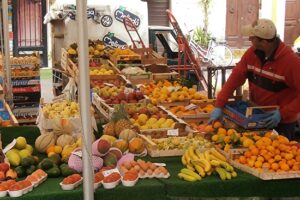
It is a Thursday — ordinarily not a special day — but this Thursday is different. I find myself standing in the kitchen of a village house in Monti di Villa, asking, “Can I help?”
This is Susan’s house, sitting in her ancestral village, though not of her ancestors. “They were not wise enough to keep their home when they left Italy,” she says.
But on her visits to family when she was a child she grew to love this place, and as an adult, she had to make a piece of it her own. That was almost twenty years ago. She and her husband Mitchell own the apartment we are renting in Lucca, and they are in Italy for a visit, being kind enough to invite us for lunch in their mountain village home.
The screen on the window to my left is tattered, torn from its frame, and frayed at the bottom. This is as it should be. The kitchen in the village house is spacious and welcoming — and old. The sitting room around the corner has a fireplace and cozy seating. Old prints and copper pots line the walls. I will never know the contentment of its comfort because it is a glorious autumn day and our destiny is the terrace beyond.
Italian Food in Italy

I tear and wash the lettuce and the radicchio for the salad we will have with lunch. While the lettuce drains in the old colander, I am ushered to the small table just outside the door, sheltered beneath an untamed grapevine. Both Michael and our host, Mitchell Schneider, sit at the table sipping small glasses of Prosecco. Susan appears with a plate of prosciutto, other cured meats, and cheese. We begin.
Susan and I discuss the wonders and vast differences of prosciutto and Parmesan cheese purchased in Italy versus that which we purchase in the states. It is better here, fresher, cleaner, milder. We lament the fact that it is not available to us all of the time and relish the fact that it is here, now. And so are we.
Exploring
After the last grape has been savored we take a walk down the trail bordering the house to view the entire village from another perspective. The grass is tall and fresh and green. I am reminded of high summer, even though it is October in Italy.
Monti di Villa is a picture from a storybook — too perfect to be real. It is hard to imagine that the Germans overran this place, shooting farmers in the fields and that the Americans used one of the houses — on the highest point of the ridge where the village sits — as a garrison. Today there are no signs of what went before. Church bells toll. Peace and clean air reign. There are no restaurants. No gas stations, and no signs of commerce of any type. The farmers have left. Nature has reclaimed the terraced fields. Seekers of solitude have arrived.



Hard to find. Impossible to leave. But the rain chases us home; wet roads slip down steep inclines punctuated with narrow switchbacks. Susan proves to be a proficient driver.
The Devil’s Bridge
We pass by the Devils Bridge in Borgo a Mozzano and stop. It is a mountain of a bridge. It is a wonder.




Built in the 11th century, the bridge gained its name according to a popular legend. The master mason building it realized he would not be able to complete the work by the day promised. Frightened of the possible consequences he invoked the Devil’s help. The Devil accepted and said he would complete the bridge in a night on the condition that the soul of the first living spirit that crossed the bridge was his. The contract was signed—the bridge completed. But the mason, full of remorse, fooled the devil by allowing a pig to be first across the bridge. The Devil was defeated and disappeared in the depths of the river.










Leave a Reply
Your email is safe with us.